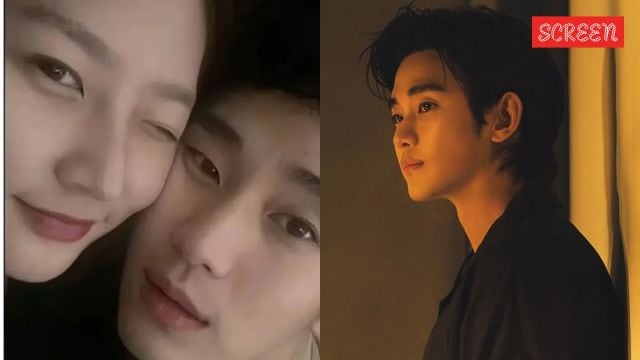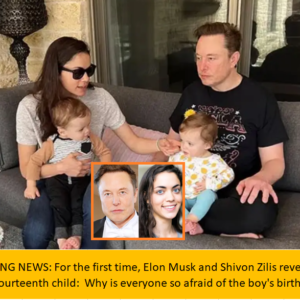
The recent scandal involving South Korean actor Kim Soo-hyun and the late actress Kim Sae-ron has garnered significant attention, especially following statements from Sae-ron’s family seeking to restore her reputation.
Background on Kim Sae-ron:
Kim Sae-ron debuted at age 9 and gained prominence for her roles in films like “The Man from Nowhere” (2010) and “The Neighbor” (2012). However, her career faced challenges following a drunk-driving incident in May 2022, where she collided with a transformer in Seoul, leading to public criticism and professional setbacks. Despite public apologies and attempts to make amends, she struggled with financial and personal difficulties. Tragically, on February 16, 2025, she was found deceased in her Seoul home at the age of 24.
Allegations Involving Kim Soo-hyun:
In March 2025, Sae-ron’s family alleged that Kim Soo-hyun had been romantically involved with Sae-ron when she was a minor, starting when she was 15 and he was 27. They released photographs and a purported love letter from Soo-hyun to Sae-ron during his military service, as well as postcards he allegedly sent her from Paris. Sae-ron’s mother stated that the family came forward to “restore her honour” and ensure her life is “remembered and treasured posthumously as an acknowledged actress.”
Kim Soo-hyun’s Response:
Kim Soo-hyun’s agency, Gold Medalist, has denied these allegations and announced intentions to take legal action against those spreading such claims. However, subsequent reports suggest that the agency may have attempted to cover up the alleged misconduct.
Media and Public Scrutiny:
The incident has reignited discussions about the intense pressures faced by South Korean celebrities. Following her 2022 incident, Sae-ron endured relentless media scrutiny and online harassment, contributing to her mental health struggles. This tragic outcome underscores the need for reforms to address cyberbullying and provide better support systems for public figures facing personal challenges.
The unfolding situation continues to prompt reflection on the responsibilities of media and society in the treatment of individuals in the public eye.





